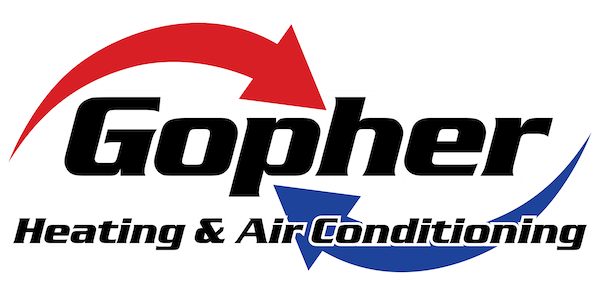Everyone’s always looking to save money on their utility bills, but you should know there’s a way to do it when you aren’t even home.
The key is your thermostat. By using automatic schedules, you can tailor the temperature to your needs. That means you can have different temperature settings for when you’re home, away or even when you’re sleeping.
With a few simple adjustments, you have more time to enjoy pleasant temperatures while cutting down your energy bills. Here are some ways your thermostat can be a source of energy savings:
While at Home
When you’re home, you want a nice range of pleasant temperatures. It’s only natural to want your thermostat lower in the summer if you’re indoors to make the most of the cool air.
But the most energy-efficient temperatures for when you’re in your home during the summer is in fact anywhere between 78 and 80 degrees Fahrenheit. By adjusting things a few degrees, you’ll avoid the worst of summer while still lowering your monthly energy bill.
While Away
When setting the temperature for when you are out of the house in summer, it’s extremely common to move the thermostat higher for while they’re gone.
If your home is in a shady spot in a cooler climate, you can set the thermostat to higher temperatures like 88 degrees while no one is home before lowering it back to the sweet spot of 78-80 degrees when you or a family member return. This way, your air conditioning system isn’t working around the clock to keep an empty house cool.
While Asleep
To enjoy a good night’s sleep during the summer, you want a nice cool temperature. You should try and keep things between 68-72 degrees Fahrenheit. This will keep you from getting too hot or too cold while you’re trying to sleep.
Other Ways to Use Less Energy:
- Install a smart thermostat: Switching to a smart thermostat in the summer helps save money on energy costs as it forms temperature schedules according to your lifestyle and home environment. They can lower the temperature while you are home or sleeping, while allowing it to get a little warmer when no one is around. With reliable brands like the Lennox iComfort, you have the ability to remotely access and change the temperature through your smartphone, tablet or laptop. Planning smart thermostat installation in your Savage home is an effortless way to set the correct temperature even when you aren’t home.
- Upgrade your HVAC system: A high-efficiency HVAC system saves money right from the start. With greater energy efficiency, lower utility bills won’t be far behind since it requires less energy to heat and cool your home. Air conditioning installation in Savage is a breeze for experienced professionals like Gopher Heating and Air Conditioning.
- Keep up with AC maintenance: Whether or not you keep up with regular air conditioning maintenance in Savage can have a big impact on your monthly energy use. By regularly cleaning the coils, checking for damage and clearing air vents of dust and debris, you may notice your HVAC system perform better during day-to-day use.. Increasing efficiency also limits strain on the unit and lowers operational costs, lowering total energy use and eventually the total monthly bill.
- Clean or replace the air filter on a regular basis: Regularly changing the air filters in your HVAC system saves money by improving airflow. When filters are old and less effective, air conditioners have to work harder, and this greater strain could shorten the system’s life span and result in breakdowns.
- Check your attic insulation: Insulation is a vital part of maintaining an energy-efficient home, securing the hot air outside and the cool air inside through summer. The North American Insulation Manufacturers Association (NAIMA) suggests that homeowners living in southern climates should install at least 13-14 inches of insulation, while states further north need 16-18 inches.
- Inspect your air ducts: A leak in the air ducts could increase your energy bills much more than 20 percent, plus it can potentially allow harmful emissions from your water heater, clothes dryer and other appliances throughout your home. Checking your ductwork for leaks and sealing them can fix both of those problems.
- Seal all other leaky spots in your home: Sealing up other leaks in your home with caulk, foam sealant or weather-stripping helps keep things cooler during those hot summer days. You should also check for any gaps around windows, doors and even outdoor fixtures. Making time to seal leaks now can help you save a lot in the long term.



